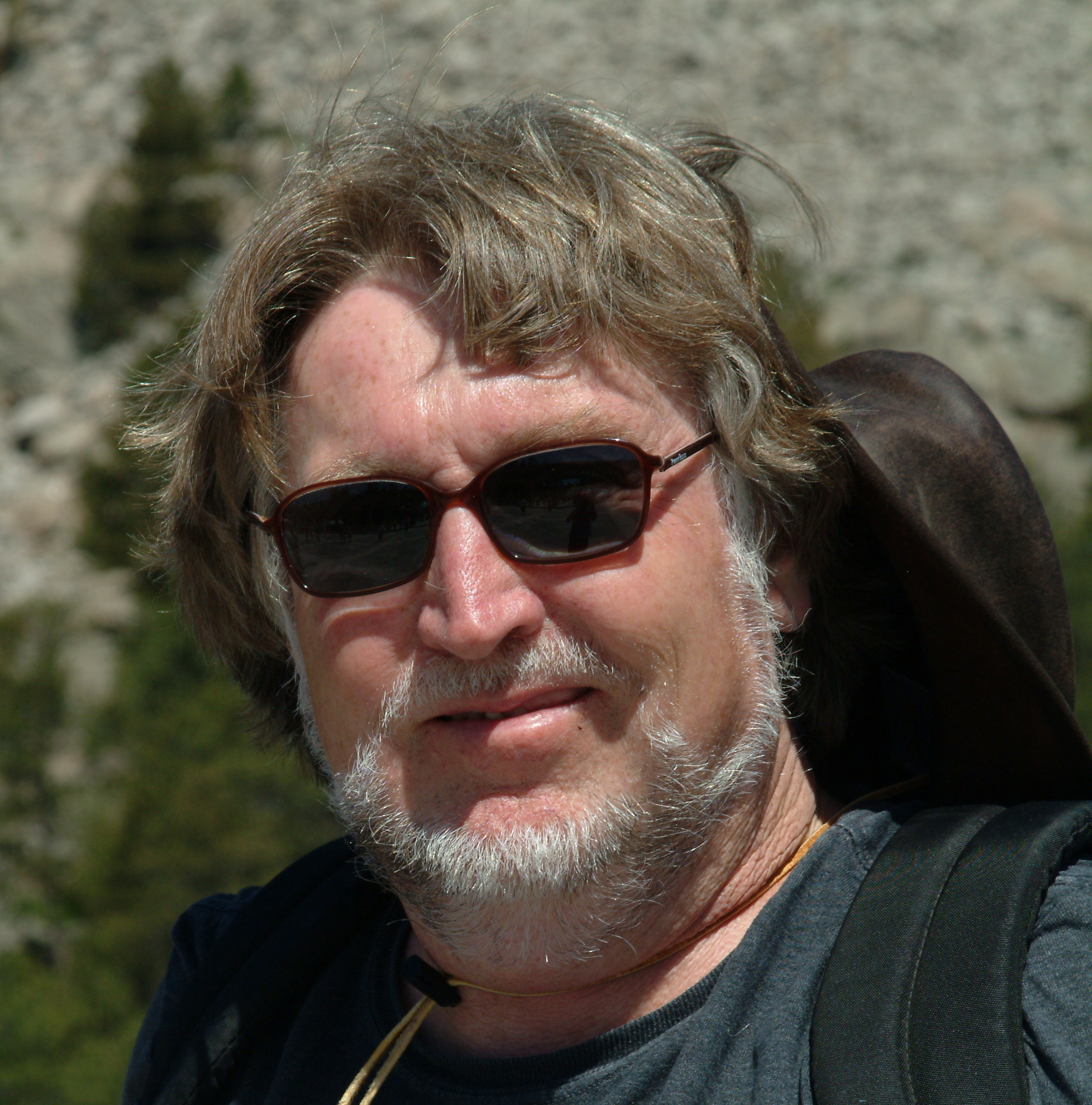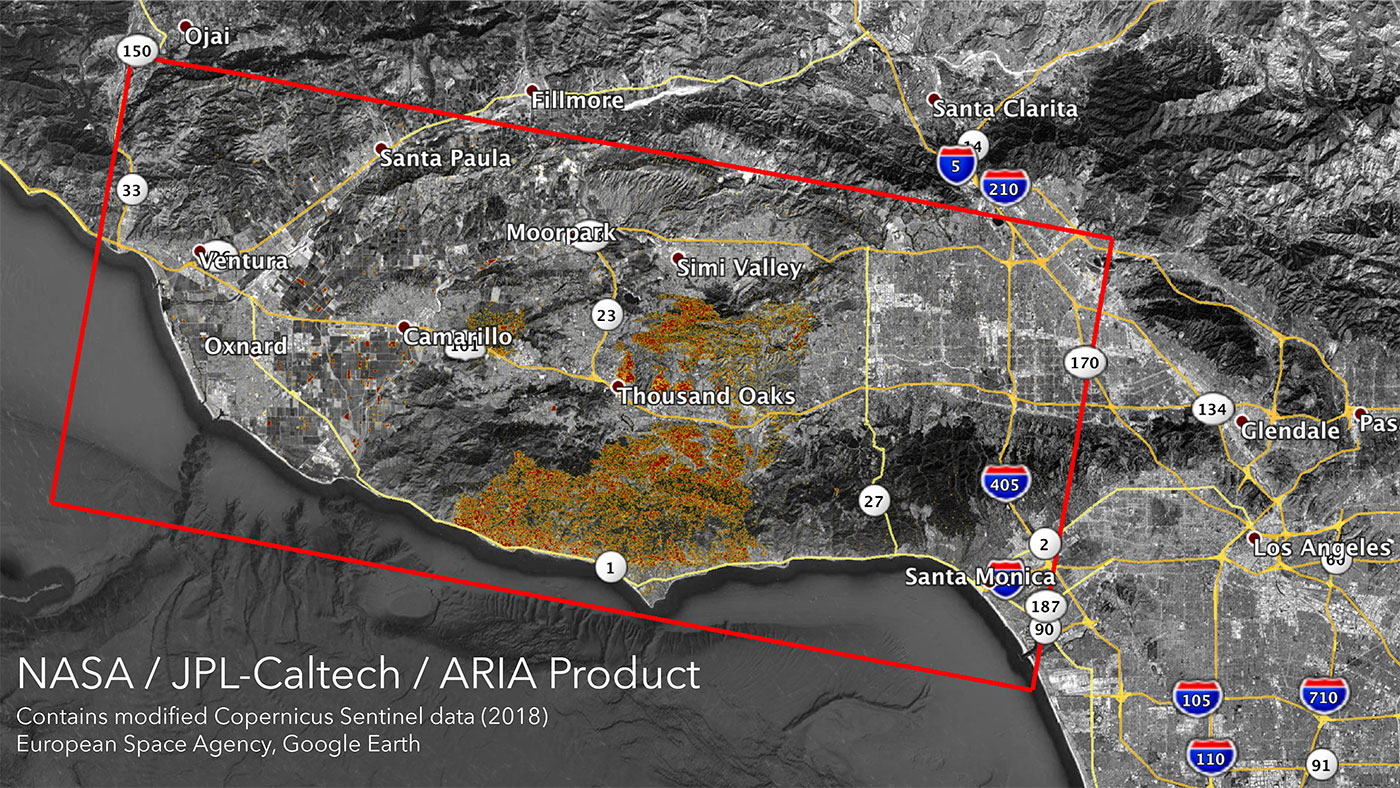They are being called the deadliest wildfires California has ever seen. With over 200 people missing, the fires that are ravaging the westernmost state of the United States have made their way across the headlines of all global media. What makes these fires particularly impressive is, victim toll aside, the sheer size and potency that they present. From staggering, almost war-like photographs, to spine-chilling first hand accounts, the discourse surrounding the catastrophe unfolding in California is frightening to say the least.
Notice, to begin with, that we do not use the singular conjugation of the word, but the plural. As a matter of fact, there have been multiple phenomena, all within the last few days. The biggest, and still 70% unconfined Camp Fire has burned through 117,000 acres of land, claiming 42 victims and destroying more than 7,600 structures. With it, the already mostly contained Woolsey Fire and Hill Fire, in different counties of California, have burned comparable plots of land and caused only slightly inferior damage.
The fires ravaging headlines in 2018, however, seem a strange, darker, recounting of a story already told a number of times. California has always been prone to wildfires like the ones unfolding today. What’s of note, then, is the sheer magnitude of the phenomena unfolding in recent hours. In an attempt to gain a more wholesome understanding of the singularity of the situation, we spoke with Jon Keeley, renowned research scientist with the U.S. Geological Survey, with an enormous body of research investigating the ecological impacts and history of wildfires in Southern California and in the Mediterranean. Hoping to gain a more grounded, educated understanding of the peculiar, frightening catastrophe unfolding on the West Coast, Mr. Keeley was kind enough to walk us through what conditions have made this week’s the deadliest fires in California history.
Understanding the Conditions:

“There’s a combination of factors”, he says, “one is that we get these extreme winds in the Autumn. In the Northern part of the state they’re called the North winds, while in the southern part of the state they’re known as Santa Anna winds. We get them every Autumn, blowing from the interior towards the coast, which is very abnormal for coastal areas. Normally, breezes come from the coast, blowing inland. However, there is a reverse flow of normal air flow, characterized by very high speed winds, reaching even 50 to 60 miles per hour.” When these meet the dry, unfriendly Autumn climate, “the conditions become perfect for a fire to propagate”. So, when this unstoppably powerful wind blows inland, in combination with California’s bountiful dead vegetation, fires can travel and spread incredibly quickly.
Naturally, the whole becomes greater than the sum of the parts, mashing these preexisting conditions into something akin to a perfect storm for wildfire propagation. ”The reason we’ve had such strong fires in the last few years is because we’ve had an extreme drought in California” says research scientist Jon Keeley, “it began in 2012, and in the northern part of the state it only lasted about 3 years, whereas the southern part of the state is now entering its seventh year of drought. The result of such water scarcity is that a lot of vegetation has died, and dead vegetation is incredibly conducive to fire spread. That’s probably the primary factor: extreme winds coupled with extreme drought”.
Population Density and the Singularities of California:
Pushed on by investigative curiosity, you might wonder whether these conditions exhibit themselves in other areas of the world, and whether they bring with them the same catastrophic flames those in California appear to do. Doctor Keeley confirms these suspicions, saying that “yes, in a lot of parts of the world you can get really destructive fires, like in the Mediterranean basin of Europe. The area is also marked by very extreme winds, like France’s mistral winds to name one”. The European nation is set apart from California, however, because “France gets these extreme conditions as well, but one of the biggest differences between France and California is that they don’t have extensive areas of natural landscape to carry a fire, not like in California. Instead of hundreds of thousand of acres where the fire can spread before it reaches a community, it hits agricultural developments or other man-made structures that put a hamper on it”. To name some more, “Chile, just a few months back, had a very destructive fire, but marked by relatively few victims. One of the bigger differences in some of these other areas is that those climate regions in places like Chile, South Africa, and France are not as populated”. People seem to be the key difference, as “most of these fires are almost all started by people. California doesn’t get any lightning during these Santa Anna winds. However, the more people inhabit the area, the higher the probability that somebody will start a fire. That’s one of the key distinctions between California and the rest of these areas, Cali is very densely populated, making people more likely to start a fire during these episodes”.
Given the stark difference in population density, the most difficult bit of dealing with these devastating natural phenomena seems to be predicting them. “The most difficult part in predicting them is predicting when humans are going to ignite a fire” highlights Doctor Keeley, “that’s really the limiting factor. These Santa Anna winds, at the end of the day, we get them every single year, and we get quite a few days of them, probably a total of two to three weeks but most years we don’t get a fire, because there isn’t somebody around to light a fire, so understanding exactly when someone will turn a fire on becomes mildly impossible”. On the legislative front, then, the case seems to move towards understanding and limiting exactly this possibility: that of some human starting a fire.

Fighting the wildfire, inside and outside the flames:
When they are lit, however, they prove, as shown by the still 70% unconfined Camp Fire, impossible to stop. “Because these winds are so powerful, nobody will fight the fire front, that would be suicide. So, you simply can’t fight it until the wind dies down. So, when these fires get going the primary thing that’s done is that people ahead of the fire front are evacuated, and fire fighters try to protect the fire perimeter, but they can’t attack the fire front head on. They have to wait until the winds die down, and that can be anywhere between 2 to 3 days, but last year we had one that, for example, lasted 10 days”. The unpredictability and ferocity of these fires is now relatively clear, having understood the importance of the preexisting conditions. However, they do not seem, for the most part, to immediately point towards climate change, as many media posts have highlighted.
“There’s every reason to believe that global warming is making these fires worst” warns the expert, “but it would be completely wrong to say that these are caused by global warming”. He goes on to explain that “there’s been estimates of how much worse climate change makes them, in California, and it’s really only in the order of 10%”. He has no doubt of why so much of popular discourse points towards global warming, however, “the problem is, that it is simply not the primary factor, and in this case it becomes rather distracting, because the problem here has to do with humans, with population growth. California is home to 30 million people, and that’s expected to only grow by 15 million in the next thirty years. Since humans start 99% of the fires, the more people you have, the more likely for a fire to start during these wind events”. His talk is backed up b extensive research, as they have completed “an extensive study of climate and fire history in California. We found that if you’re in the mountains, which are all forested with pines, ferns and trees, there is high enough elevation that some years it’s too cool and wet to carry much of a fire, so fires in those landscapes are very temperature dependent leading us to find a very strong relationship between climate and fires in those forest. However, in California, we couldn’t find any relationship, because every year it is hot enough and dry enough to start a fire, so climate change (and rising temperatures really has very little to do with their power. Legislatively, we need to focus our attention on people: when people hear that something is caused by climate change, they think “there’s nothing I can do”, but if they are shown that something like that is caused by human error, then perhaps it provides a sense that there really is something you can do”.
The key takeaway, here, seems to be that of approaching the issue pragmatically, without the alarmist sounds of the global warming discourse in the way. Despite its global importance, the cause of these massive destructive fires lies elsewhere, and not only that, it starts from simple human error. If the issue is analyzed, as it is by Mr. Keeley, with an educated, scientific approach, true progress can be made towards its amelioration and future prevention. If we, on the other hand, allow for socio-political pressures to taint our analysis, we are left with nothing but awe for nature’s destructive power and remorse for our own, human, errors.












